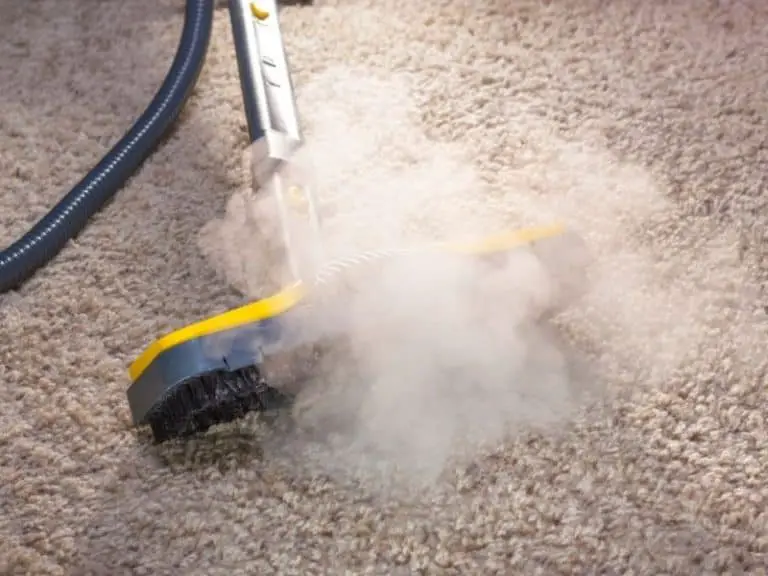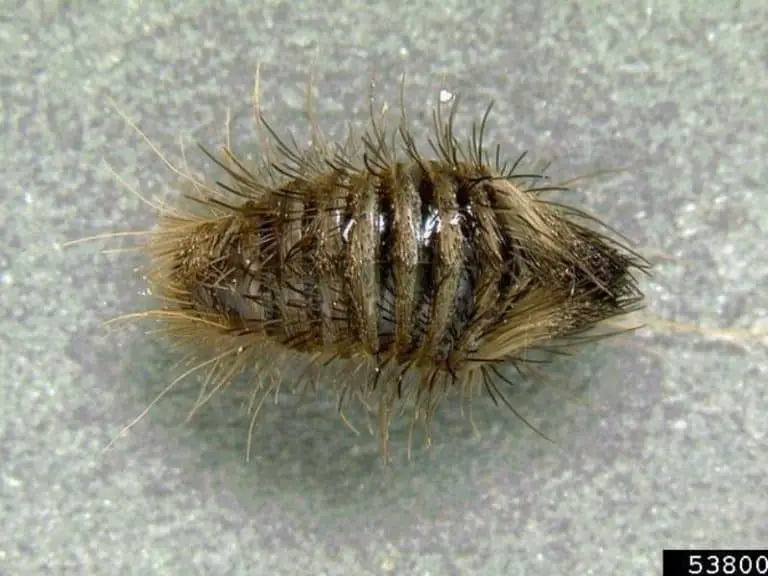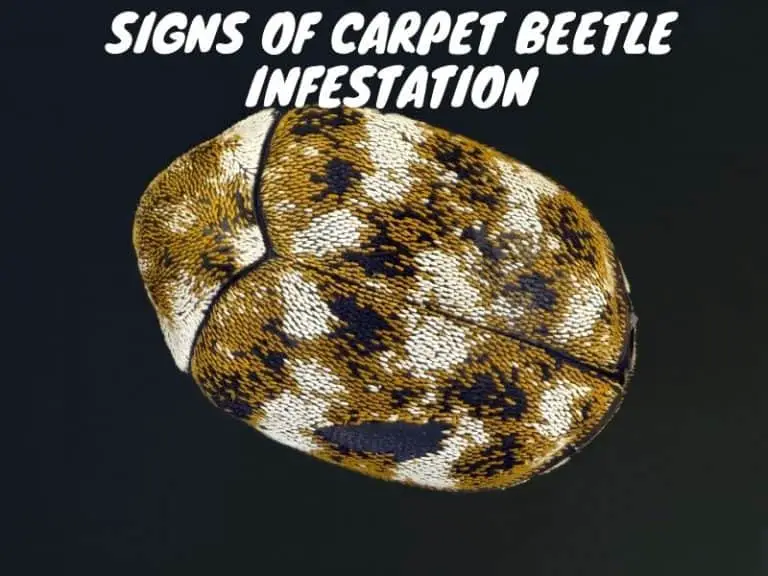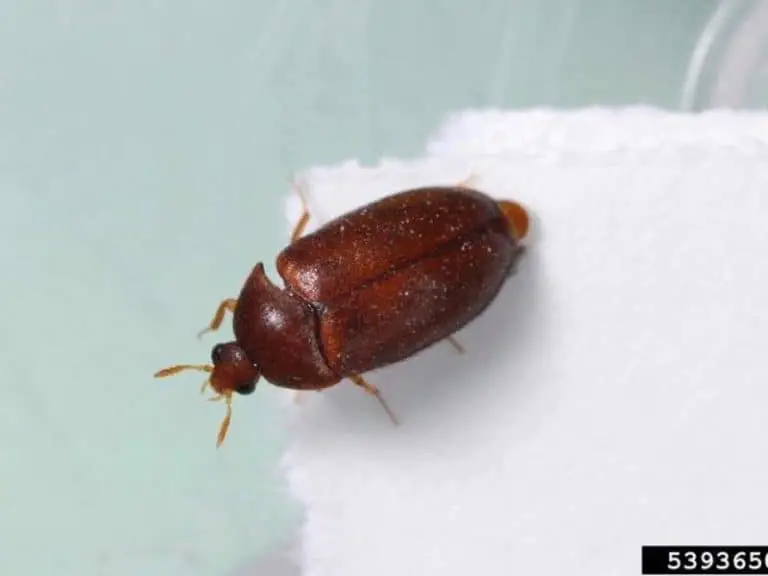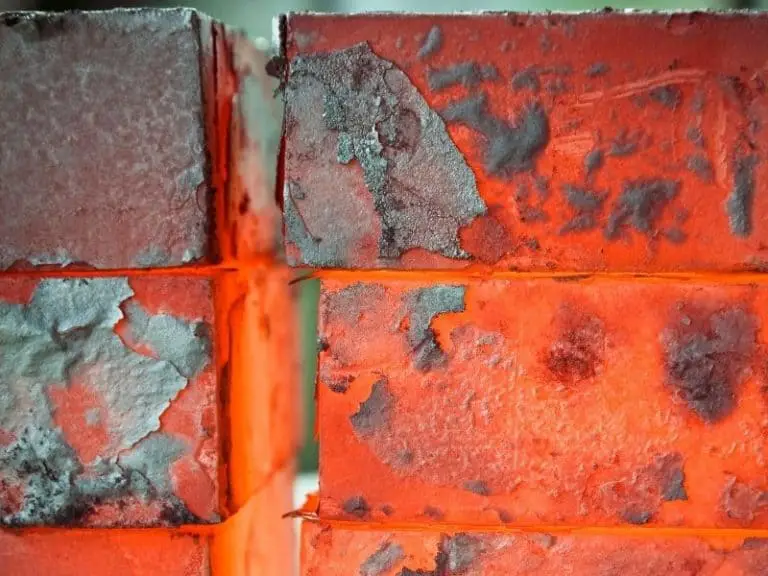Do Carpet Beetles Travel With You? The Hitchhiker’s Guide
It’s common knowledge that bed bugs can travel from infested hotel rooms to homes by latching onto clothes and hiding in unsuspecting hotel guests’ luggage. It’s through the same way why those blood-sucking pests can travel from home to home. And now you might be wondering if you can get carpet beetles in the same way, too.
Larvae carpet beetles can travel from place to place via infested clothes in your luggage. They can also spread by means of secondhand furniture and other home items such as carpets, rugs, and curtains. In some cases, larvae carpet beetles can simply crawl through gaps, cracks, holes, and ducts.
Aside from stuffing your luggage with clothes harboring larvae carpet beetles, those creepy crawlers can travel with you through other means, too.
For instance, they can move from home to home by means of your hair. They can travel via infested furniture or other home items as well. Larvae carpet beetles can also hitch a ride in pantry foods.
If you want to learn more about how carpet beetles can travel with you, read on. Below you will come across some of the most important matters about it. Knowing them can help protect you from an infestation.
How a Home Infestation Begins
Before we talk more about larvae carpet beetles’ travel habits, let us first talk about how a home infestation, the kind that stems from a pregnant adult female carpet beetle, happens in the first place.
For an infestation to start, all it takes is for one pregnant adult female carpet beetle to end up inside your home. It can wind up inside it by flying through an open window or door.
It can get inside your home by crawling through a crack or hole in the wall, too. Ducts can also serve as thoroughfares for an adult female carpet beetle ready to lay eggs.
Since a pregnant adult female carpet beetle can lay up to 100 eggs at once, it doesn’t take a lot for a serious carpet beetle infestation to come into being.
When the eggs hatch in about 20 days, larvae carpet beetles that will crawl out of them will start to devour anything that contains natural fibers or animal matter.
Your clothes are some of the things that they love feasting on, especially if they are out of wool, cotton, silk or other natural fibers. They will also eat clothes out of synthetic fibers if they are stained with food and drinks.
It’s true that larvae carpet beetles will eat clothes that are out of natural fibers. However, there are clothes that they tend to favor more.
And they are the ones that those hairy critters can use as a mode of transportation to get from one place to the other without your knowledge. Keep on reading to know more about this!
Clothes That Larvae Carpet Beetles Love
Suppose that all of your clothes are out of natural fibers because you love the quality and the way they feel against your skin.
Refrain from assuming that every single one of them will end up with holes as a result of being consumed by larvae carpet beetles. These pesky critters tend to prefer clothes that completely meet their preferences and needs.
Just like many other common household pests, young carpet beetles love some peace and quiet. They don’t like being disturbed each time they are sleeping or eating. They also prefer to stay in the dark.
It’s because of this reason exactly why they prefer clothes that you rarely wear as well as those that you tend to stash in the back of your closets and cabinets.
And when you place those clothes in your luggage, it’s like giving larvae carpet beetles a free ride. They won’t panic because the inside of your luggage is dark and filled with treats.
Fortunately, there is no need to wear all of your clothes or place them in the open just to keep them from serving as carpet beetle food.
There is a simple way to protect them from those tiny creatures that love to nibble on anything that’s out of natural fibers. It’s none other than placing cedarwood blocks or chips in your closets and cabinets.
Carpet beetles, adults and larvae alike, cannot stand the smell of cedarwood. But the smell of cedarwood does not only repel them. It can also kill carpet beetles as it suffocates them.
You can easily get your hands on cedarwood blocks and chips from hardware and home improvement stores. Fret not if you cannot find them.
That’s because you may also count on cedarwood essential oil. All you have to do is place a few drops of it in cotton balls and then place them in cabinets and closets where you keep clothes out of natural fibers.
Here’s a wonderful idea: opt for cabinets and closets out of cedarwood!
However, you will have to replenish the wood’s natural scent, which carpet beetles absolutely hate, by wiping them with cedarwood essential oil regularly.
But before you take the necessary steps to protect your clothes, particularly those that are out of natural fibers, it’s a must that you first ensure they’re completely free of larvae carpet beetles.
To do this, wash your clothes in hot water for at least 30 minutes. If you have plenty of time, you may steam clean them one by one, too.
Traveling From Home to Home
We discussed earlier that a home infestation usually begins when a pregnant adult female carpet beetle flies through an open window or door or crawls through a hole or duct and lays up to 100 eggs in your home.
Unfortunately, that’s not the only way a carpet beetle infestation could start. It could also happen when larvae carpet beetles or the eggs are introduced into your home.
There are many ways through which those hairy creatures or the eggs can wind up inside your home and start wreaking havoc on your life by snacking on carpets, clothes and others.
You can easily get carpet beetles from neighbors if they have an infestation. This is most especially true if only a wall separates you from them, such as in the case of an apartment complex.
It’s possible for larvae carpet beetles to end up in your apartment unit from an adjacent unit by crawling through cracks and holes in the wall.
They may also set up camp in your unit by crawling through the vents or ducts. The tiny gap between the door and the floor can provide larvae carpet beetles easy access to your apartment, too!
Refrain from accepting any used item from anyone, especially if he or she has a carpet beetle infestation history.
That’s because it is possible for the secondhand item to harbor larvae carpet beetles or carpet beetle eggs. If you introduce any infested item into your home, it’s like welcoming those pests with open arms.
By the way, the problem may strike, too, if you accept infested pantry foods or invite someone who could have larvae carpet beetles in his or her hair — those bugs can live on a person’s head to eat hair!
Just Before You Pack Your Bags and Travel
Pregnant adult female carpet beetles are not the only ones that spread larvae carpet beetles by laying eggs in homes.
Those fuzzy worm-like critters can also get from one home to the other by traveling.
Sometimes they do so by means of clothes and used furniture and other home items, while other times, carpet beetles travel by crawling.
It’s easy for them to thrive wherever they end up for as long as there are natural fibers and animal products around. They can also survive by heading to the pantry and eating flour, grains, crackers, uncooked pasta, spice, etc.
Knowing how larvae carpet beetles can travel is important.
This is especially true if you don’t want to end up with an infestation that can damage your clothes, carpets, upholstered furnishings, curtains, leather bags and others.
As they say, an ounce of prevention is better than a pound of cure.
Related Questions
Will switching to synthetic clothes help prevent a carpet beetle infestation?
Switching to synthetic clothes will not prevent a carpet beetle infestation. However, it can minimize the number of belongings that they can damage. Synthetic clothes may also be ravaged by larvae carpet beetles if they are stained with food and drinks.
Can larvae carpet beetles attach themselves to my skin?
Larvae carpet beetles do not attach themselves to your skin. There is no reason for them to do that since they do not drink human blood. However, they can eat your hair as well as the skin flakes and oils on your scalp. They can also eat the fur of your pets.
Photo credit: ©canva.com/alekseipoprotskii
Medical Disclaimer: TheHomePestControl is a digital publisher and does not offer personal health or medical advice. The contents of this website are not intended to substitute for professional medical advice, diagnosis, or treatment.
Affiliate Disclaimer: As an Amazon Associate, I earn from qualifying purchases made on our website. If you make a purchase through links from this website, I may earn a commission at no additional cost to you.

